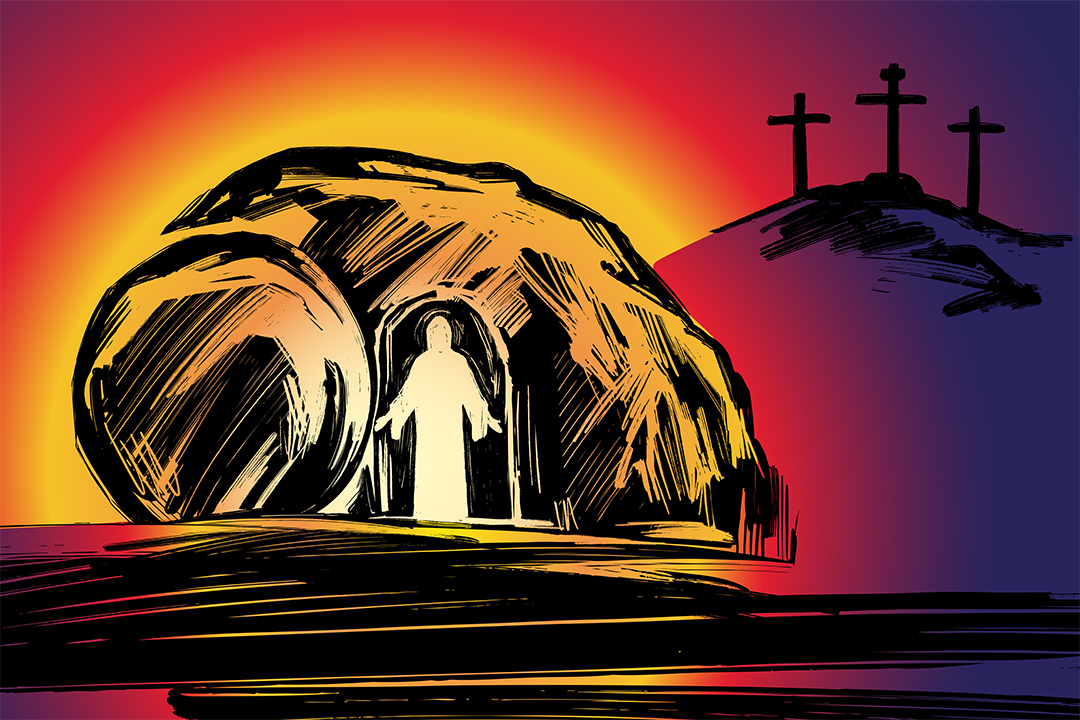To some, the biblical testimony about the resurrection of Jesus is a made-up story. They see it as pious fiction invented by early Christian believers who borrowed the idea of a risen Christ from pagan sources and nature religions.
However appealing that idea may be to those who look for reasons not to believe, I respectfully offer the following plausibilities to think about on this Easter Sunday.
First, if the resurrection of Jesus Christ is a made-up story, it is surely not written in a way that would impress a skeptic. The disciples of Jesus found it hard to accept. Their unbelief doesn’t reflect well on them. These heroes of the first-century church don’t look very heroic on that first Easter morning.
Furthermore, the first witnesses to the resurrection were humble women who were not considered to be the most credible witnesses in a first-century Jewish setting. There were no dazzling public appearances of the risen Lord to the Jews or to the Romans which would silence, once and for all, their opposition to him. If you or I were inventing a resurrection story we’d probably have written it differently.
Another thing, the existence, and growth of the early Christian movement can only be explained by something supernatural. The dispirited, discouraged and doubting disciples were in hiding, afraid for their lives. Their leader had been executed like a common criminal, and their hope was gone. Something happened to suddenly change their outlook.
The New Testament tells what it was: it was the unexpected and repeated appearances of Jesus. He was without a doubt the same Jesus who had been pronounced dead by executioners who were experts at their job. He was now, obviously, very much alive. Hundreds of his followers could see him, hear him, and touch him.
Then there is the empty tomb. If Jesus’ enemies had been able to produce his corpse, they could have silenced the preposterous (to them) claim that he had come back to life. This would have forever discredited the disciples’ made-up story. They couldn’t do that so they bribed the guards at the tomb to spread the lie that Jesus’ body had been stolen by his disciples.
The fact is, the disciples were psychologically and physically incapable of such an act. Their reluctance to believe the message when they first heard it shows they could not have conspired to steal and hide the body, invent the resurrection story and spread it as a Christian myth. They would never have given their lives in martyrdom for a story they knew to be false.
These facts, the artless and straightforward telling of the message as we read it in the four gospels, the dramatic change in the outlook of the disciples, the explosive growth of the early Christian church, and the empty tomb, testify to the fact of the great miracle which is the foundation of the Christian faith.
“If you declare with your mouth ‘Jesus is Lord,’ and believe in your heart that God raised him from the dead, you will be saved” (Romans 10:9).



